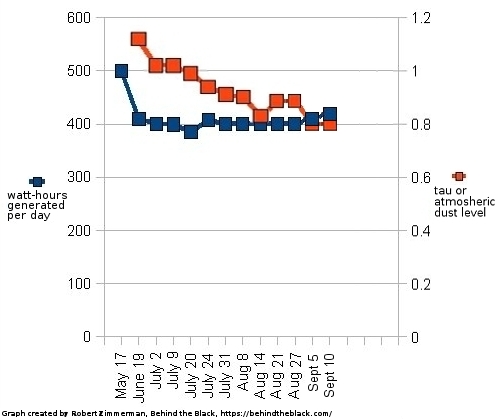NASA issues call for new manned lunar lander proposals
NASA yesterday announced a solicitation for proposals for new manned lunar lander proposals, aimed at obtaining services long term, rather than the initial contract it has awarded SpaceX which only covered the first few Artemis lunar missions.
This solicitation is essentially being offered so that Jeff Bezos’s company Blue Origin will have a second chance to win such a contract, having lost out to SpaceX initially. It also is NASA’s effort to get Congress to give it a bigger budget so that it can pay for two different lunar lander contracts.
Having two competing lunar landers is not a bad thing. Giving a second contract however simply because the company (Blue Origin) exerts political clout is not. Right now it is unclear whether this solicitation is the former or the later.
The announcement also included what has become boilerplate in all NASA announcements about its Artemis lunar missions:
Through Artemis missions, NASA is preparing to return humans to the Moon, including the first woman and first person of color, for long-term scientific discovery and exploration. [emphasis mine]
It is very clear that the number one criteria that NASA has established, under the Biden administration, for picking the crew on that first Artemis lunar landing mission is race and gender, not talent, skill, or ability. While it will be a great thing when the first woman and black steps on the Moon, their skin color or sex should not be the reason they got to go. If it is, it will be incredibly insulting to their talent, skill, and ability. In fact, by making race or gender the only qualification that NASA cares about, it puts an asterisk on those qualifications. Forever people will wonder if these individuals really deserved the honor.
NASA yesterday announced a solicitation for proposals for new manned lunar lander proposals, aimed at obtaining services long term, rather than the initial contract it has awarded SpaceX which only covered the first few Artemis lunar missions.
This solicitation is essentially being offered so that Jeff Bezos’s company Blue Origin will have a second chance to win such a contract, having lost out to SpaceX initially. It also is NASA’s effort to get Congress to give it a bigger budget so that it can pay for two different lunar lander contracts.
Having two competing lunar landers is not a bad thing. Giving a second contract however simply because the company (Blue Origin) exerts political clout is not. Right now it is unclear whether this solicitation is the former or the later.
The announcement also included what has become boilerplate in all NASA announcements about its Artemis lunar missions:
Through Artemis missions, NASA is preparing to return humans to the Moon, including the first woman and first person of color, for long-term scientific discovery and exploration. [emphasis mine]
It is very clear that the number one criteria that NASA has established, under the Biden administration, for picking the crew on that first Artemis lunar landing mission is race and gender, not talent, skill, or ability. While it will be a great thing when the first woman and black steps on the Moon, their skin color or sex should not be the reason they got to go. If it is, it will be incredibly insulting to their talent, skill, and ability. In fact, by making race or gender the only qualification that NASA cares about, it puts an asterisk on those qualifications. Forever people will wonder if these individuals really deserved the honor.











